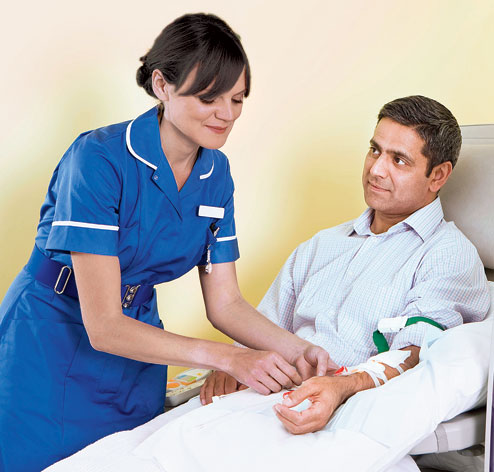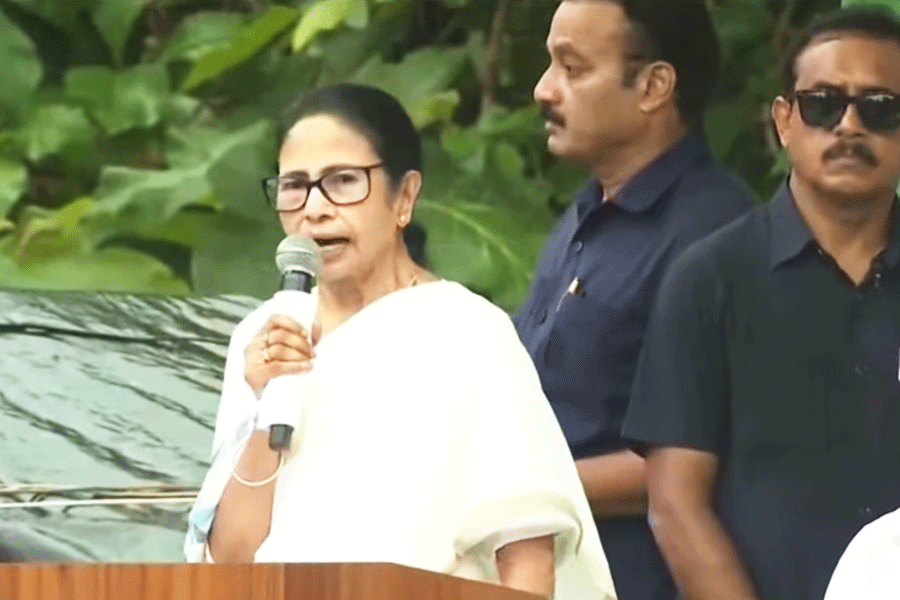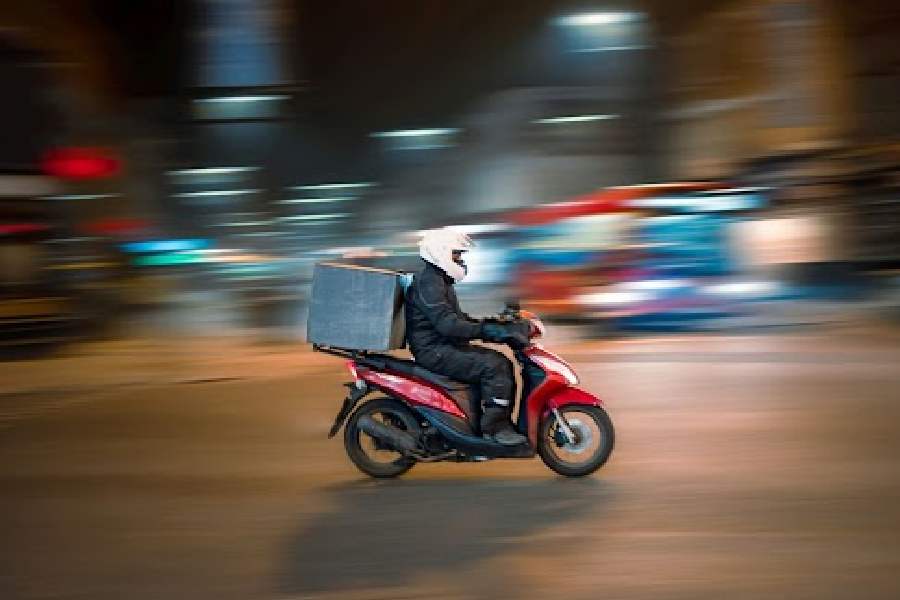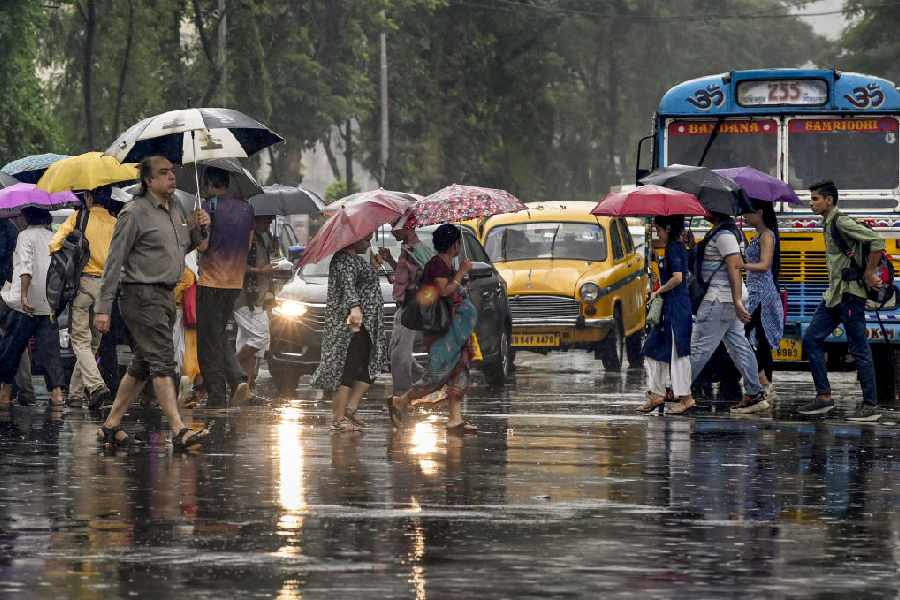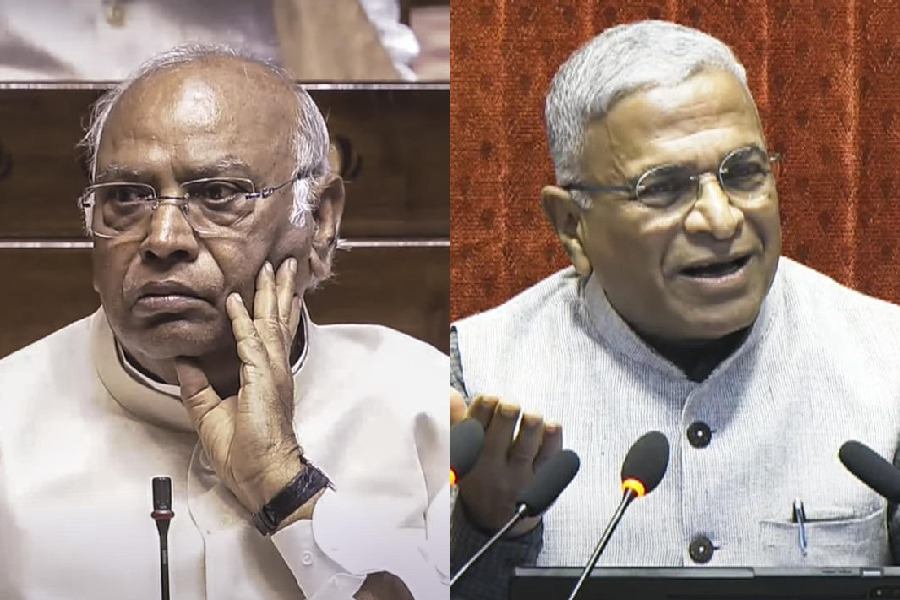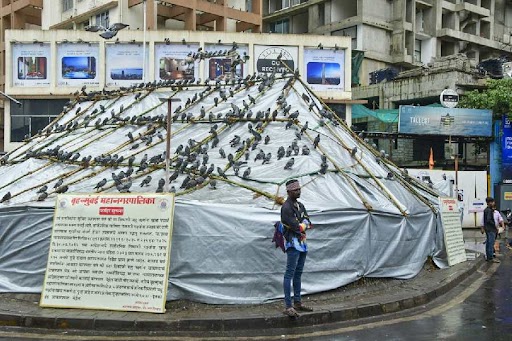The story is an old one - but getting worse by the minute. A patient with a kidney ailment in India has little to look forward to. Most private hospitals charge exorbitant amounts for kidney dialysis - essential for cleansing the blood of impurities because the kidneys can no longer do so on their own. Government hospitals are comparatively cheaper, but the wait there can be a long one.
But the situation may change. Across the world, there is a growing emphasis on developing cheaper forms of treatment.
For Subhas Das, a retired primary schoolteacher from Krishnagar, West Bengal, that will be a boon, if and when that happens. He and his frail wife make a three-hour journey twice a week to a government hospital for treatment. 'We spend Rs 6,500 a month for dialysis, but travel and other costs far exceed this bill. Our life's savings are depleting fast,' wife Seema rues.
Das is among the six million Indians diagnosed with kidney problems every year. A study published in the journal Lancet last week says that in India, only one out of 10 people has access to treatment - dialysis or kidney transplant. Seventy per cent of those who start treatment stop within three months because of high costs, and die.
'The picture is far more grim than previously thought - two million people globally die because they cannot access treatment for kidney failure. These deaths are preventable,' says Professor Vlado Perkovic of The George Institute for Global Health (GIGH), Sydney, the lead author of the study.
-
 As science crosses new frontiers, doctors rue that dialysis in India is still mostly out of reach. 'There's an urgent need to make dialysis more affordable,' says Vivekanand Jha, secretary, Indian Society of Nephrology and a co-author of the
Lancet paper.
As science crosses new frontiers, doctors rue that dialysis in India is still mostly out of reach. 'There's an urgent need to make dialysis more affordable,' says Vivekanand Jha, secretary, Indian Society of Nephrology and a co-author of the
Lancet paper.
Jha stresses that chronic kidney disease (CKD) which often leads to end-stage renal failure is rising rapidly in India. 'In some parts of the country every one out 10 Indians has some form of CKD. The figures may double by 2030.'
CKD is on the rise because of the increase in lifestyle diseases such as diabetes and hypertension, which if not controlled can lead to CKD. The disease is also prevalent in some areas of southern and eastern India for unknown reasons, though experts suspect it could be because of agro-chemicals and environmental pollutants in the air and water.
The main problem with CKD in India is the high cost of treatment. In public hospitals it costs Rs 500-800 per session; in private hospitals Rs 1,200-3,000. Two or three sessions a week are required. For poor patients, dialysis is done free of cost, says Dr Rajendranath Pandey, head of nephrology, SSKM Hospital, Calcutta. Dialysis facilities are available in 23 government hospitals in Bengal and 11 more units are being set up in rural areas.
What worries health experts is that the number of dialysis centres cannot keep up with the galloping numbers of patients. To top it, rural areas hardly have access to dialysis machines, says Dr Subrata K. Bhaumik, a nephrologist at Lifeline Nursing Home, a private clinic in Calcutta. And then, of course, few people can afford the treatment.
'Even though dialysis is covered by government subsidy, many poor people can't bear the cost of travel and medicines,' he says. A year of dialysis and drugs for CKD can cost from Rs 1 lakh (in a government set-up) to Rs 12 lakh for home-based treatment. This is why many patients discontinue treatment.
The nephrologists stress the need for more dialysis centres, especially in interior regions. They give the example of the former Andhra Pradesh state, which set up many such centres to tackle CKD, which is unusually high in the region, in partnership with private companies. Dr Ravi Raju Tatapudi, a nephrologist and vice-chancellor of NTR University of Health Sciences, Vijayawada, led the initiative.
'Patients who were destined to die are now able to live longer and have a good quality life because they can access these centres,' he says. 'Eight out of 10 patients - even the rich - undergo treatment in these centres.' The poor are covered by a state insurance scheme, Aarogyasri.
Efforts are on elsewhere, too. A group of Mumbai-based nephrologists set up dialysis centres - called Apex Kidney Care centres (AKCs) - across western India for poor and middle-income patients. Dr Viswanath Billa, one of the co-promoters of AKC, says the centres have tied up with charitable trusts for free dialysis.
Dialysis machines used in India are mostly procured from Germany, Japan or the US. The minimum price of a unit is Rs 5 lakh. 'The price can come down if the government scraps a service tax on machines keeping in view the fact that these are life-saving equipment,' Dr Bhaumik says.
Some experts believe that with better technology, the cost of dialysis can come down. 'Dialysis has been around for half a century, yet the technology hasn't evolved substantially, keeping it hugely expensive despite its simplicity,' says Professor Perkovic of GIGH.
GIGH is working towards this. Earlier this week, along with the International Society of Nephrology and a few other organisations, it launched the Affordable Dialysis Prize - a worldwide competition to design a low-cost dialysis machine - with a prize of $1,00,000 for the best device.
'If one can develop an affordable dialysis machine with low operating costs that runs on solar power and uses local water sources, many more people will have access to treatment and millions of lives could be saved,' Jha stresses.
The target price of the new dialysis machine - $1,000 (about Rs 62,000) - seems tough but not impossible to achieve, says Bangalore-based nephrologist Dr Vincent Lloyd. He should know, for three years ago, he set up Renalyx, a company to build affordable dialysis units for rural India.
'Almost all the components of a dialysis machine are imported. If we make these in India we can bring down the cost substantially,' he says.
Renalyx is working with three chemical engineers in IIT, Kharagpur, for a cheaper dialyser membrane - a key component of the machine. Research scholars Anirban Roy and Kallol Paul and their supervisor Sirshendu De, the co-inventors of the component, point out that while imported dialysers cost around Rs 1,500, theirs may come for Rs 300. The dialyser will soon undergo human trial.
For millions of Indians, this spells hope.
MONEY MATTERS
Cost of dialysis (per session#)
At government units: Rs 500-800 (subsidised)
At private hospitals: Rs 1,200-3,000
Target costs* : Rs 200 (without subsidy)
# 2-3 sessions a week are required with cheaper cost of technology, electricity, distilled water, manpower and no service tax
Cost of a dialysis machine Imported units: Rs 5-8 lakh
Target for Indian machine: Rs 65,000

